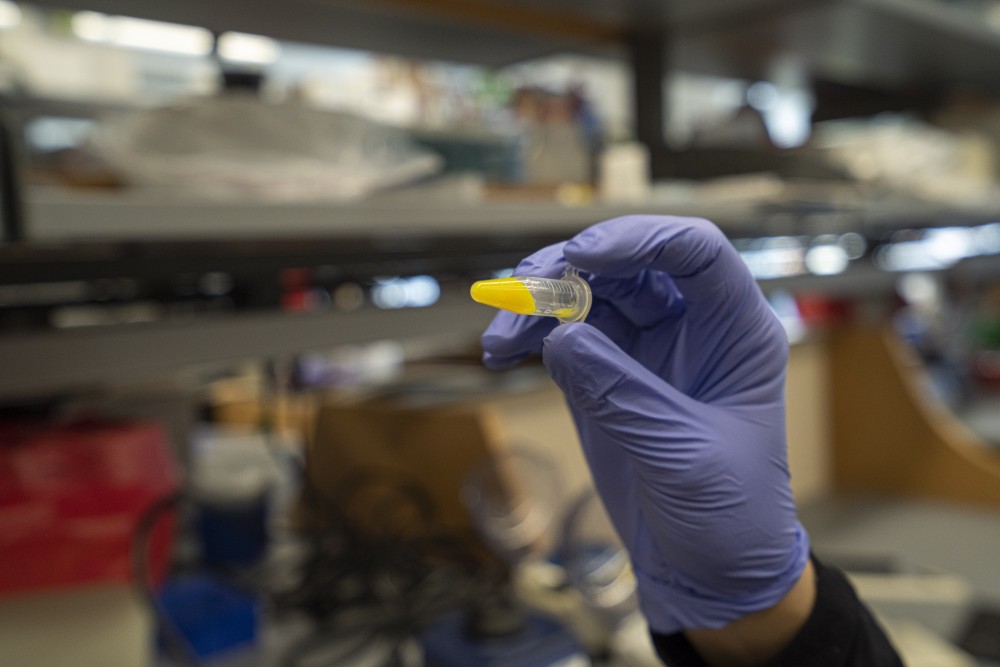An international research coordination network involving University of Minnesota researchers received a $1.2 million National Science Foundation grant last month to study synthetic cells.
The NSF grant for the Build-a-Cell Research Coordination Network, an international collaboration of researchers from 11 countries working together across disciplines, is intended to help build a greater network of researchers who are interested in synthetic cells.
A synthetic cell is a “cell of non-natural origin that has been obtained either by modifying a pre-existing cell … or by assembling compartments that mimic one or more properties of a living cell,” according to an academic review by Cell Press. These cells are also sometimes referred to as artificial cells or protocells.
The researchers will receive the NSF funding over five years, in which they would like to strengthen the network’s internal collaboration.
“It can mean anything from building completely artificial organisms, like my lab is doing, all the way to modifying natural living organisms for biomanufacturing, for making drugs and for studying natural biology” said Kate Adamala, an assistant professor in the University’s Genetics, Cell Biology and Development department and the lead investigator for the research coordination network. “The way most of us understand it is that it’s the ability to engineer biological systems with enough precision that we can do what we want with the building blocks that nature gave us.”
Adamala said she believes their research will aid public health through studying accurate experimental models of the different cell parts and better understanding disease processes.
The Build-A-Cell project has been going on for about two years, according to Richard Murray, Thomas E. and Doris Everhart Professor of Control and Dynamical Systems and Bioengineering at the California Institute of Technology. Murray is a member of the Build-A-Cell steering committee, which helps to organize the Build-A-Cell meetings that are held every six months.
“We have a number of research groups who participate in meetings and are interested in working together to explore ideas around synthetic cells,” Murray said.
Because much of the synthetic cell research is conducted by small, individual labs, the research collaboration network will bring the researchers together, improving the study surrounding synthetic cells, Adamala said.

“As science has become increasingly collaborative and international, mechanisms for establishing teams like ours have become critical to doing exciting science,” said Aaron Engelhart, a University assistant professor in the Genetics, Cell Biology, and Development department and one of the network participants.
In addition, Adamala said she would like to change public perception surrounding the synthetic cell field, because people may think “making life from scratch” is risky.

“People think this is something that perhaps shouldn’t be done because perhaps it might be dangerous. We’re trying to use the Build-a-Cell platform to explain that this is really not dangerous,” Adamala said, adding that they were not “crazy scientists.”
The researchers also want to create a regulatory framework, which will include rules and regulations that keep up with the field to ensure safety.
“Making synthetic cells based on biological parts means you have to understand all of the biological parts, and you have to be able to control it,” Adamala said. “You have to be able to do it safely, and that’s kind of another thing that the network’s really focusing on.”








